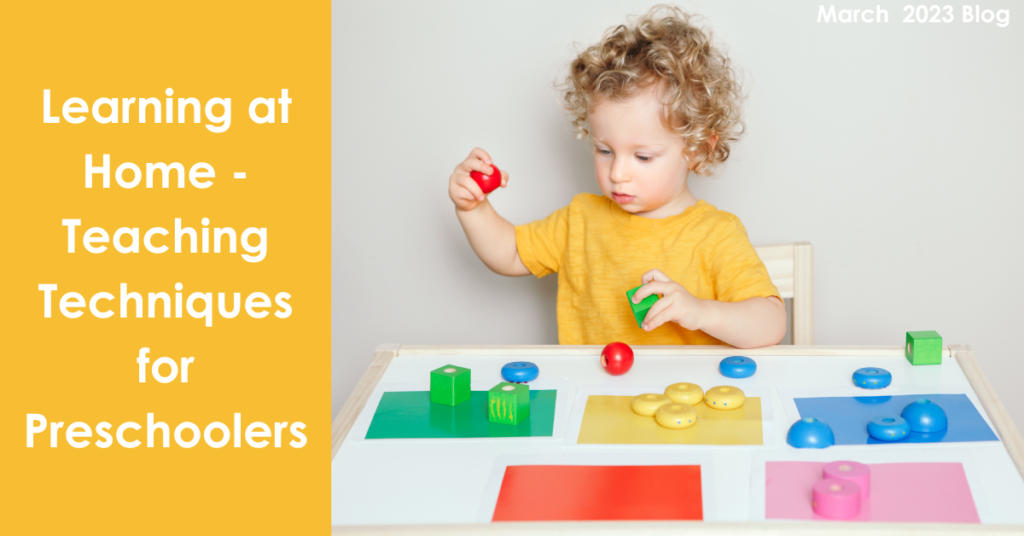
Whether parents and guardians choose to homeschool or not, there is no denying that a lot of learning takes place in the home, especially in the first 5-6 years before a child goes to kindergarten or first grade. Having tools and techniques to teach – or reinforce lessons learned at daycare, preschool, or elementary school – can be a good way for adults to spend quality time together while helping their little ones grow. Because every kid is different, it is beneficial to have a tool belt, and figure out what kind of learning is best for each kid. Knowing how each child best learns can also help parents be better advocates for their children as they go through school.
Everyone is unique, so these are general guidelines that should be customized to the strengths and the needs of each child.
First, it’s important to remember that, generally, there are 4 types of learners:
- Visual: These learners understand information presented visually. They like charts, graphs, images, models, and like opportunities to draw.
- Auditory: These learners understand information presented by sound. They like lectures, video, music, and talking things out.
- Kinesthetic: These learners understand information by doing. They like physical activities like sports, pacing while learning, crafting, and games.
- Reading/Writing: These learners understand information presented with words. They like reading, journaling, using dictionaries and encyclopedias, and taking notes.
So what are some tools to help these different kinds of learners?
- Have a chalkboard or whiteboard in the house. It can be used to practice reading and writing, to draw, to get creative, and to practice spatial reasoning.
- Use music. Whether you start a kid on an instrument, use educational or informational songs, or throw a dance party to help reinforce a concept, music can be a great way to get ideas into a child’s head.
- Use their toys and interests. Whether it is blocks, puzzles, dinosaurs, princesses, or coloring books, incorporate what they like to help them understand concepts like letters, being polite, numbers, or anything you can think of!
- Create a game. For families that like games (board games, card games, interactive games) creating a game as a craft that reinforces things they’re learning is a fun idea.
- Spend time outside. Whether the outdoor time is for a physical activity, a break, or a kind of field trip, make sure time in the sun taking walks, playing, and learning about nature is part of the day. This will help all learners, even if it is just for decompressing.
- Focus on play. When in doubt, focus on play. Any of the above activities can be playful, or outright activities for fun. Especially for preschoolers, they will always learn during play. It can be intentional and cultivated.
Especially once they start school, home should be a place for fun, decompression, and building family relationships. Being able to help kids learn at home, while making it less stressful by catering to their learning type, and by making it fun will help children grow up to be well-rounded, and make learning more fun.
By: Bethany Verrett
